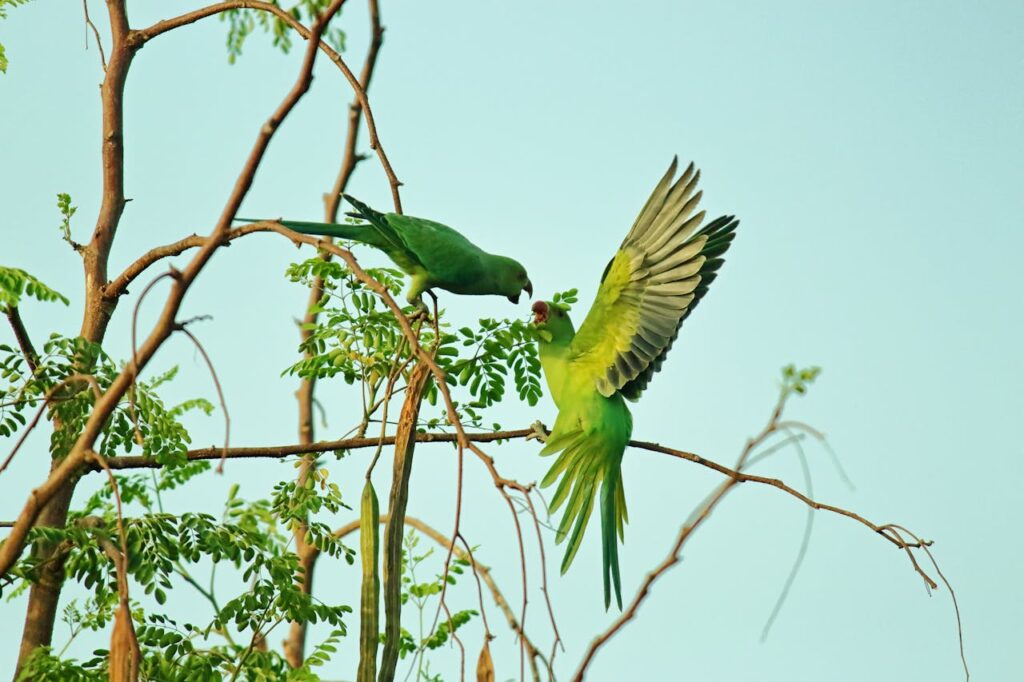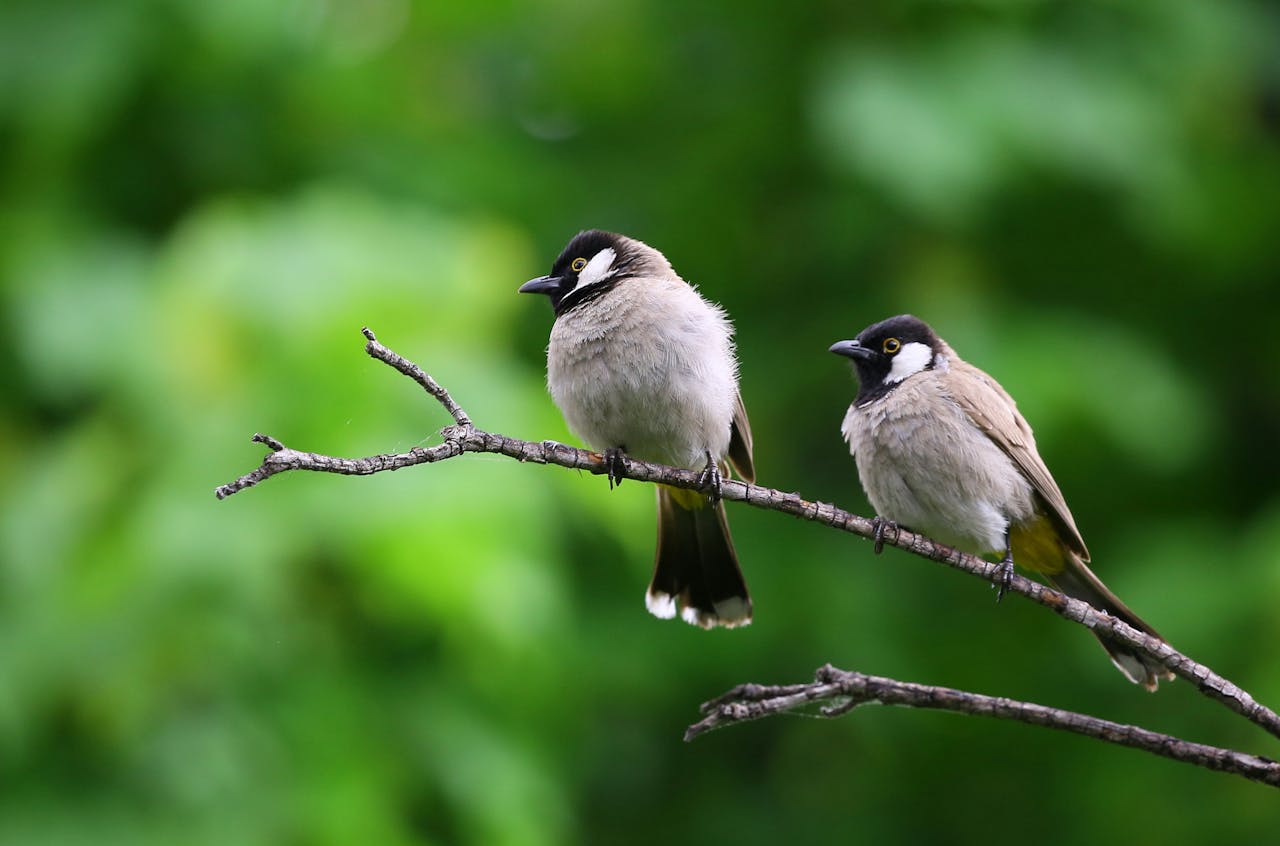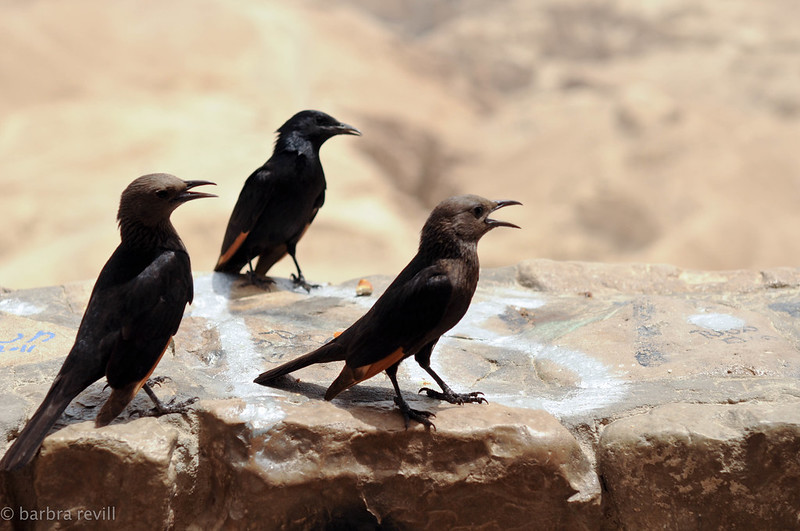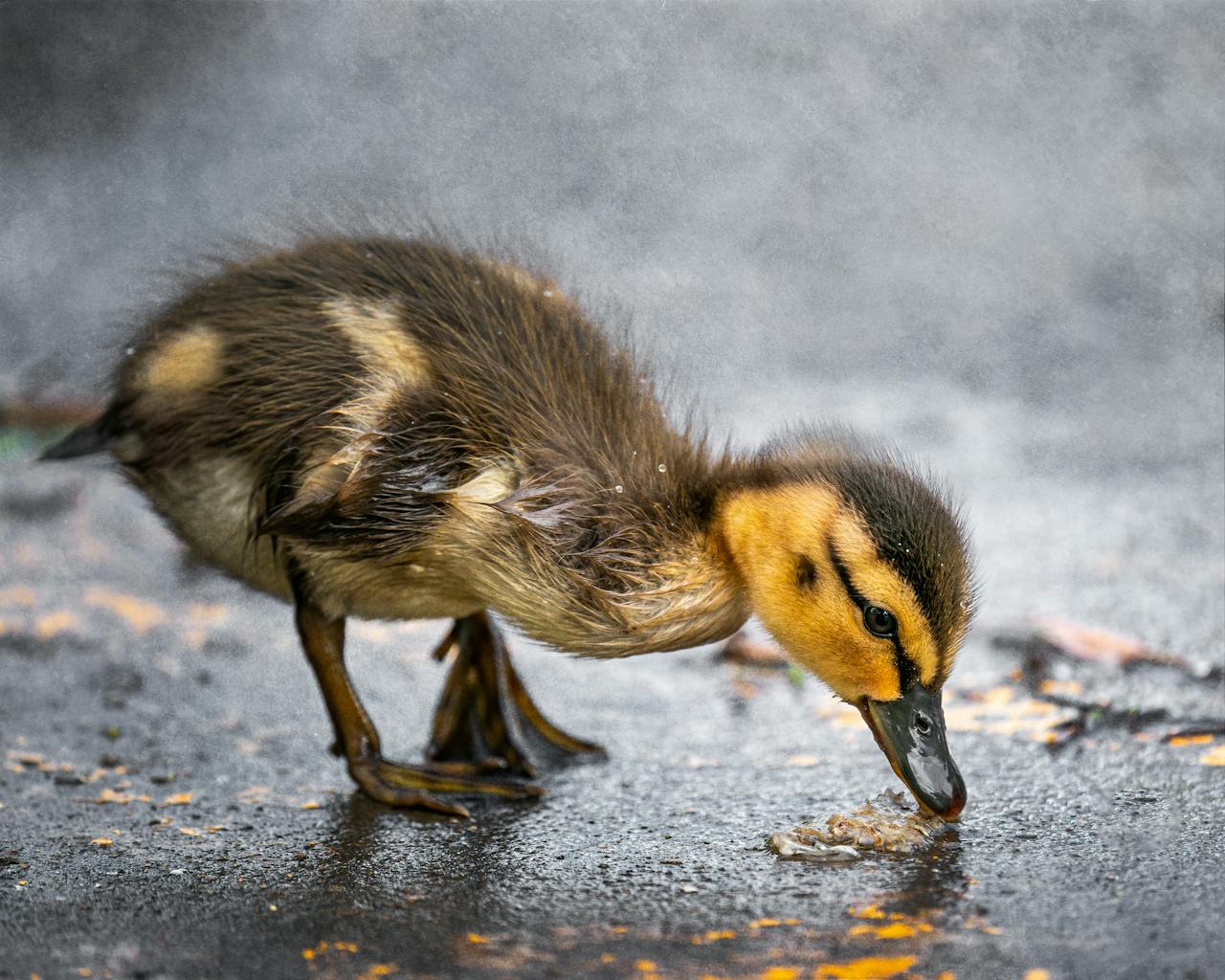Determining the gender of a bird can be both an intriguing and complex task. For bird enthusiasts, pet owners, and breeders alike, understanding the differences between male and female birds is crucial for appropriate care, breeding, and behavior management. This comprehensive guide explores various methods to identify the gender of birds, discusses whether all male and female birds look different, examines how gender is determined in birds, and provides specific insights into identifying male and female parrots.
How Can You Tell the Gender of a Bird?
The methods used to determine a bird’s gender can vary widely depending on the species. Here are some common approaches:
1. Physical Characteristics
One of the most straightforward ways to differentiate between male and female birds is through physical characteristics.
- Plumage Coloration: In many species, males and females exhibit different plumage colors. For instance, male Northern Cardinals are bright red, while females are more subdued in brown and tan shades. This distinction is a classic example of sexual dimorphism, where males and females differ significantly in appearance.
- Size Differences: Size can also be an indicator of gender in some bird species. Generally, males are larger than females in raptors, while in others, such as the American Robin, females may be slightly larger. However, this isn’t a universal rule, and size differences may not be significant enough to draw definitive conclusions.
- Beak Size and Shape: In some species, males may possess larger or differently shaped beaks than females. For example, male finches often have thicker, more robust beaks than their female counterparts.
2. Behavioral Traits
Observing the behavior of birds can provide valuable clues to their gender.
- Courtship Displays: Males often exhibit more vibrant colors and perform elaborate courtship displays to attract females. For example, during breeding season, male peacocks will fan out their impressive tail feathers to woo a mate. Observing these behaviors can be a good indicator of gender.
- Vocalizations: Male birds are often more vocal and may have more complex songs compared to females, especially during mating season. In species like songbirds, males are known to sing to establish territory and attract females, while females may be more reserved in their vocalizations.
3. Genetic Testing
In cases where visual differences are minimal or non-existent, genetic testing can be the most reliable method for determining a bird’s gender. A small blood sample or feather can be analyzed in a lab to identify the sex chromosomes present. This method is commonly used in breeding programs for species like canaries, budgerigars, and other parrots, where visual identification can be particularly challenging.
4. Cloacal Examination
A cloacal examination involves inspecting the bird’s cloaca, a multipurpose opening for excretion and reproduction. This examination can reveal differences between the sexes based on the shape and size of the cloacal vent. However, this method should only be performed by a trained avian veterinarian, as improper handling can stress the bird and lead to injury.
Do All Male and Female Birds Look Different?

Not all bird species display clear differences between males and females. While many species exhibit sexual dimorphism, others have minimal or no noticeable differences, making identification challenging. Here are some examples:
1. Species with Prominent Differences
- Peafowl: Male peacocks are known for their extravagant tails and colorful plumage, while peahens are more subdued in color, sporting brown and tan feathers that help them blend into their surroundings.
- Mandarin Ducks: Male mandarin ducks are highly colorful, with ornate plumage, while females are more muted in browns and grays, making the males stand out.
2. Species with Minimal Differences
- Finches: In some finch species, males may have brighter plumage, while females are more muted, but in others, the differences are negligible. For example, in House Finches, males have vibrant red or orange coloration, while females have streaked brown feathers.
- Doves and Pigeons: Many species, such as doves and pigeons, do not show significant differences in coloration or size, making visual identification nearly impossible without behavioral observations or genetic testing.
- Sparrows: Sparrows often have similar coloration between sexes, requiring behavior or genetic testing to determine gender. In species like the Song Sparrow, males and females appear quite similar, which can be misleading for those trying to identify them.
3. Challenges in Identification
The lack of visual differences in many species means that bird watchers must often rely on behavioral cues or genetic testing for accurate identification. This can be particularly frustrating for those who wish to distinguish between males and females at a glance.
How Is Gender Determined in Birds?
Understanding how gender is determined in birds involves delving into genetic, environmental, and hormonal factors.
1. Genetic Factors
Birds typically have two sex chromosomes, Z and W. Males have two Z chromosomes (ZZ), while females have one Z and one W chromosome (ZW). This chromosomal configuration is key to determining sex at the genetic level. The presence of specific genes on these chromosomes influences the development of male or female traits during embryonic development.
2. Environmental Influences
In some species, environmental factors can influence gender determination. While this is more commonly observed in reptiles (such as temperature-dependent sex determination in certain turtle species), some studies suggest that environmental stressors can influence hormone levels during development in birds. This can affect sex ratios in populations under specific environmental conditions.
3. Hormonal Factors
Hormones also play a significant role in the development of secondary sexual characteristics. For instance, estrogen and testosterone levels can influence plumage coloration, behavior, and size differences between sexes. During the breeding season, hormonal changes can trigger various behaviors associated with courtship, nesting, and parental care.
How to Identify a Male and Female Parrot?
Identifying male and female parrots can be particularly challenging due to their similar appearances. However, there are several strategies you can use to determine their gender:
1. Coloration and Markings
In many parrot species, males and females exhibit different color patterns. For example:
- Budgerigars: Male budgies typically have a bright blue cere (the area above the beak) when they are mature, while females have a brown or beige cere, especially when they are in breeding condition. This coloration can change depending on the hormonal state of the bird.
- Cockatiels: In cockatiels, males usually have brighter facial markings (yellow and orange) compared to females. Males also tend to have more vivid plumage overall.
- African Grey Parrots: Unlike budgies and cockatiels, African Grey Parrots do not exhibit significant sexual dimorphism in coloration, making visual identification much more difficult. In these cases, DNA testing or behavioral observations are often necessary.
2. Behavioral Traits
Observing a parrot’s behavior can also provide clues to its gender. Male parrots often display more vocalization and engage in playful or flirtatious behaviors. For example, male cockatiels may whistle more frequently and engage in courtship displays such as head-bobbing and feather-fluffing.
3. DNA Testing
For species where physical differences are subtle or non-existent, DNA testing is the most reliable option. Many avian veterinarians can provide this service, offering a definitive answer regarding the bird’s gender. This process typically involves taking a small blood sample or feather, which is then analyzed for sex chromosomes.
4. Cloacal Examination
As with other bird species, a cloacal examination can determine gender but should only be performed by a trained professional. This method involves inspecting the cloaca and may reveal differences in size and shape between males and females.
Conclusion
Understanding how to determine the gender of a bird is essential for those involved in bird care, breeding, and observation. While some species exhibit clear physical and behavioral differences, others require a more nuanced approach, including genetic testing or professional examination. By exploring the methods outlined in this article, bird enthusiasts can enhance their knowledge and appreciation of these remarkable creatures, ensuring they provide the best care and environment for their avian companions.
Whether you are caring for a parrot, observing wild birds, or participating in birdwatching activities, knowing how to identify male and female birds will enrich your experience and foster a deeper connection with nature. Understanding the complexities of avian gender determination not only enhances your ability to care for birds but also contributes to the conservation efforts aimed at protecting their habitats and ensuring the survival of various species.
As you explore the fascinating world of birds, remember that patience and keen observation are essential skills. With time, practice, and the right knowledge, you’ll become adept at distinguishing between male and female birds, deepening your appreciation for their beauty and behaviors.





Leave a Reply